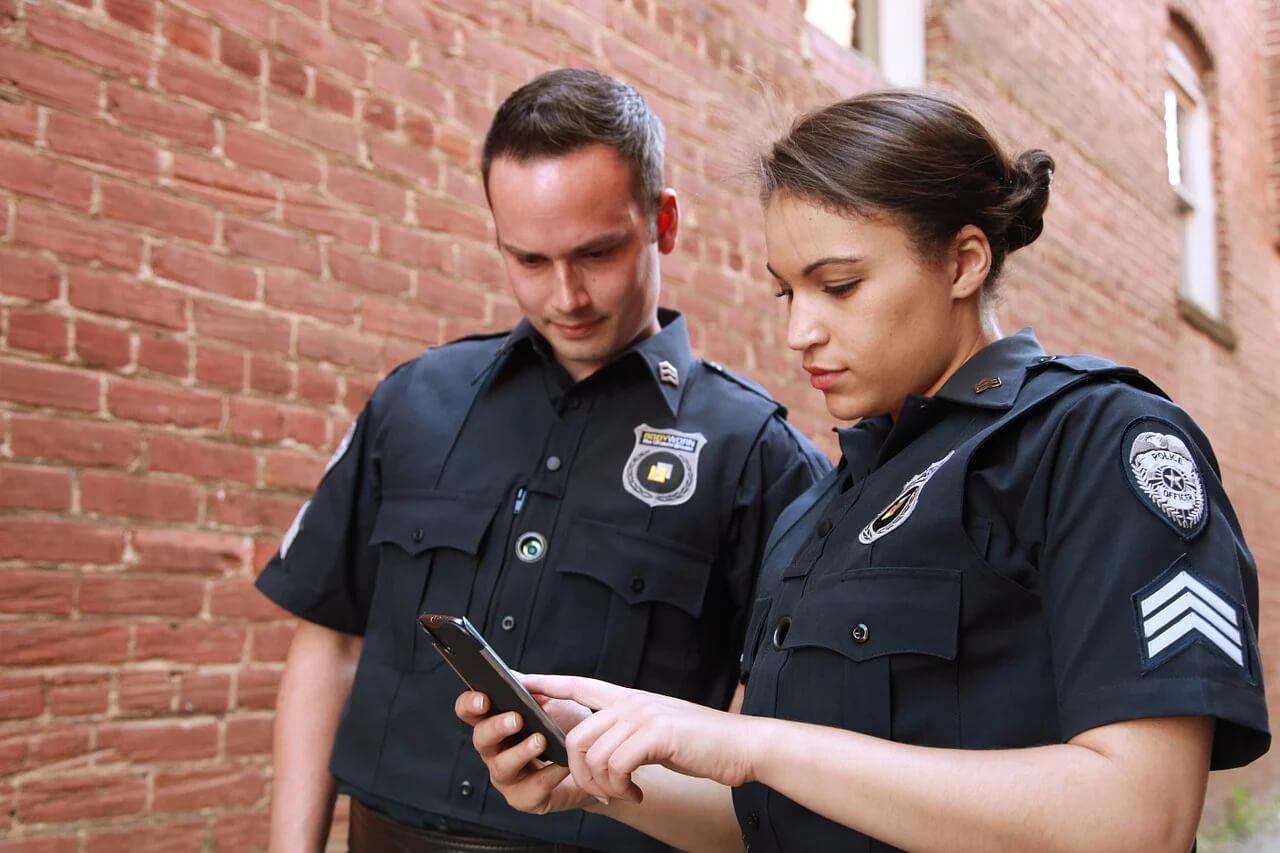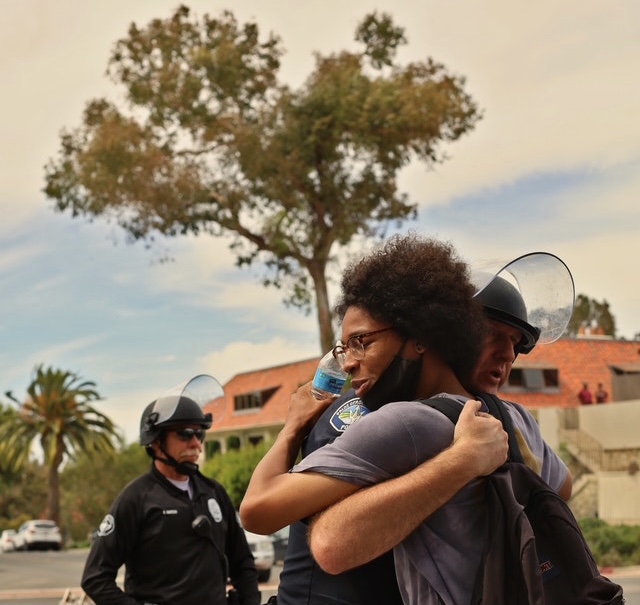Aside from actively monitoring community activities, one of the best ways to build safer communities and effectively solve crimes is to regularly solicit feedback from the members of the community. When citizens feel that they are being listened to, they are more likely to contribute to the betterment of the community and improve relationships with the police department.
However, setting up a community engagement survey is easier said than done. To ensure the quality of community feedback gathered, there are several things that must be kept in mind. Here we gathered some of the most important factors to consider when setting up your community engagement tools.
Things to look into when setting up a community engagement survey
- Type of Survey to Implement
When planning out your community engagement methods, it is wise to maximize the community survey as a tool to track improvements: what works and what needs to be modified. Based on what the police department would want to know, identify what kind of survey would be appropriate to implement – say, a full survey or a pulse survey. Take into consideration as well how the possible results would help the department. What goals are you trying to achieve? How will the results help in achieving those goals?
- Format to Follow for the Survey
How you ask the question greatly matters. The manner of asking would determine the quality of feedback that the respondents will give. Given that the main purpose of the community engagement survey is to deepen the understanding of the community members, it is best to narrow down the questions and classify them into categories. This way, the respondents can easily align their thoughts and focus on the essentials.
There are numerous formats that can be adapted in the implementation of community engagement surveys, like Likert Scale Questions, Open-ended Questions, and so on. In-app and online surveys like Officer Survey also provide a more personal and practical means of answering police department surveys.
How to set up a community engagement survey
Now that you have looked closely into the factors that you have to consider, it’s about time to start setting up your community engagement survey. Here are the basics:
- Identifying the standing of the department.
Before implementing the survey, do a diagnostic to know where the department is currently standing and at what level of engagement does the department and the community have. A quick pulse survey can be done to answer this part of the preliminaries but this can also be done during meetings. Another option would be to gather input from those in the administrative positions or from the key stakeholders in the community to be able to get a different perspective on this matter.
2.Goal setting.
After identifying the current standing of the department, it is now easier to establish clearer goals. Goals that are specific, measurable, attainable, relevant, and time-bounded. Potential community engagement goals could include: identifying ways to increase community engagement; determining ways to effectively solve crimes in the community, and developing a police early warning system in the community.
3.Formulating essential questions to ask in the community engagement survey.
Once all the goals are all laid out, formulating the questions that may be asked to the community members can now be enumerated. What essential questions would be best to ask in order to address the goals that you want to achieve? The art of questioning greatly matters. That’s why it’s important to always look into the department’s goals to effectively come up with questions that are easy to answer and easy to analyze.
4. Determining the best way to conduct the survey.
Aside from formulating the questions to ask, knowing when, where, and how the community engagement survey will be implemented will greatly affect the results of the survey. Providing easy access to those answering the survey, like using online surveys such as Officer Survey, can maximize engagement and provide a better quality of responses compared to the traditional method which may seem long and dragging to some.
Try Officer Survey free for 14 days and start collecting feedback from your community members instantly on any topic that you desire.









